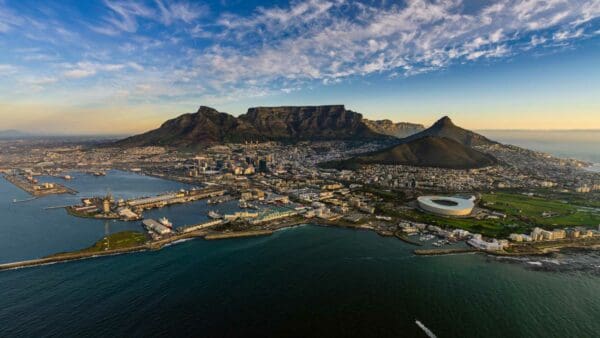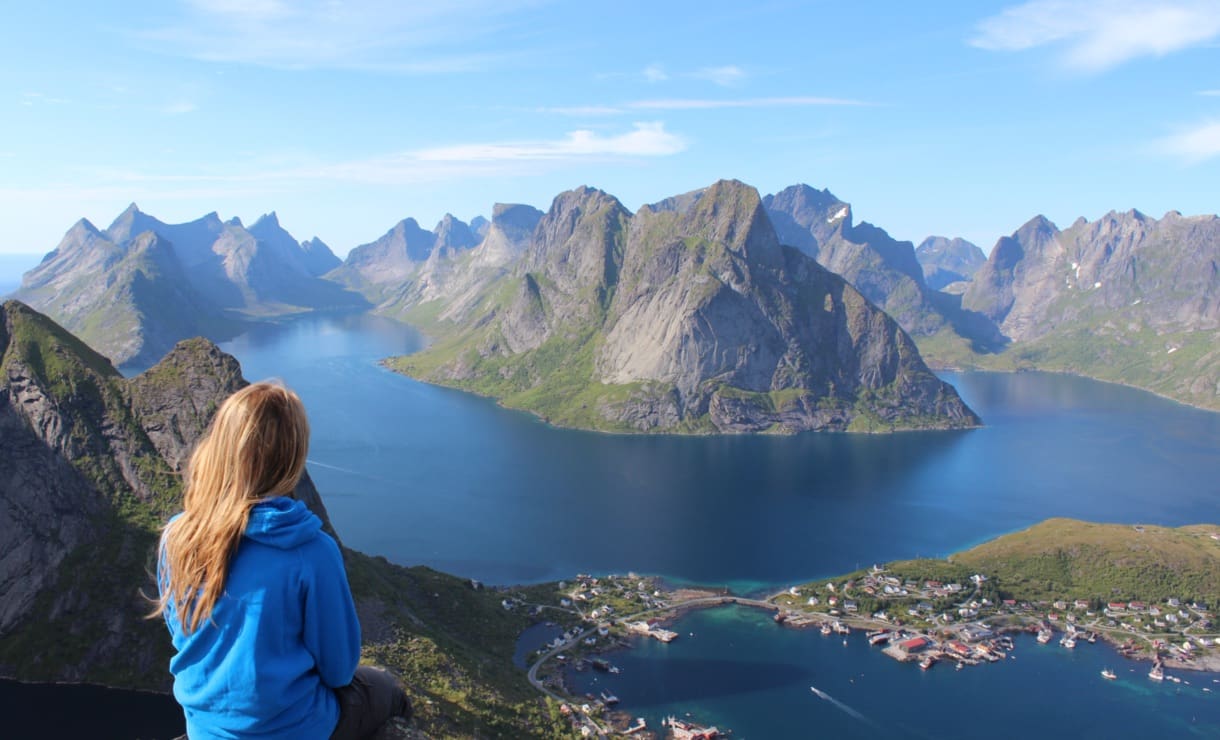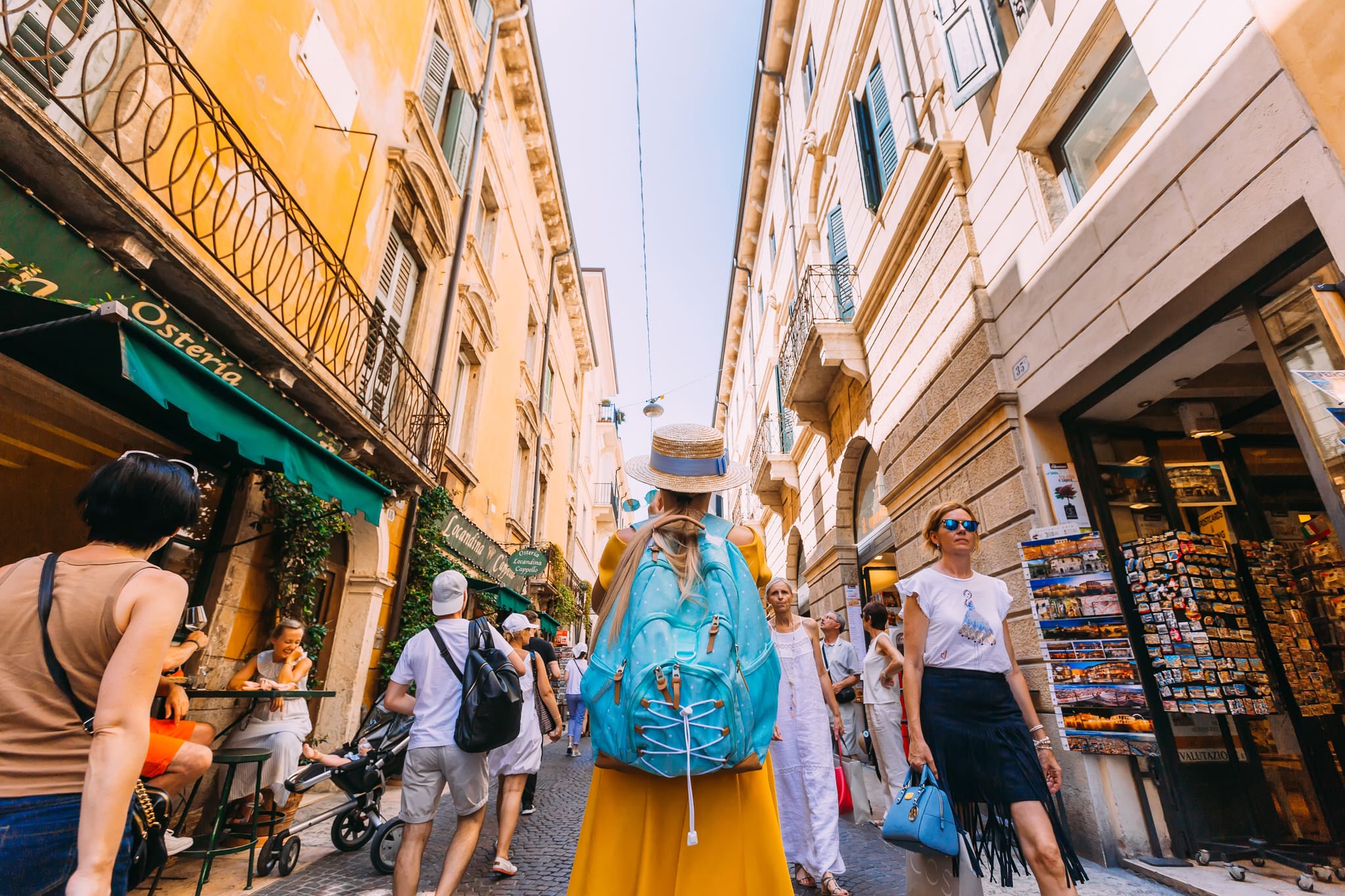One of my friends shared a quote with me last night as I excitedly exclaimed our arrival to Medellin, Colombia.
“Colombians say; God made our land so beautiful it was unfair to the rest of the world. So to even the score, God populated the land with a race of evil men.” –César Gaviria
I do not believe God did this, however starting in the 1980’s with the reign of Pablo Escobar those words hung thick in the air.
Above, the hum of helicopters increases. Laura clings to her mother; wide eyed she peers out the window. Screams echo through the corridors and cries for help are left silenced by silver rain. Guerrilla groups flee the streets along with innocent lives. Again the silver rain falls. Then, through the dust and blood covered streets, white billows in the wind. People, young and old, take to the streets waving white rags, blankets and clothing in solidarity. October 16, 2002.
Today, I had the pleasure of meeting Laura and learning her story. She grew up in Comuna 13, San Javier. This area was once a pivotal center for paramilitary, guerrilla, and gang activity. Its location was ideal for crime, as it leads directly to the main highway (San Juan Highway), providing easy transportation of guns, drugs, and money. From the 1980’s to 1990’s Pablo Escobar had a tight grip on this district. After his death, the area exploded into chaos as drug cartels sought control.
“I remember talking to some of my friends involved and asked them, “Why are you doing this? (Guerilla warfare) Why don’t you get out? And they would say ‘once you are in you cannot get out.’ Later that week he was dead (at the age of 16).” –Laura
Laura told stories of the friends she lost and the lives that were harmed. She told of her experience growing up in one of the most dangerous cities in the world and the restoration she has experienced since.
2002 was a turning point. Colombian military carried out Operation Orión. This became a controversial four-day strike to overthrow all rebel groups. Over 1,000 policemen, soldiers, and aircrew in helicopters attacked the area. Many were killed and hundreds more injured. The siege made it impossible to seek medical attention for the wounded, so the community took to the streets flying white rags crying for ceasefire. With that action, the fighting stopped.
Operation Orión became controversial as it did oust leftist rebel groups but many innocent lives were lost and displaced. People, guilty and innocent, were taken and never seen again until the recent discovery of bodies on a neighboring hill.
Residents voiced their anger with the violence that occurred in 2002 through striking street art around the neighborhood. Several pieces display the white rags raised for peace and solidarity. A reformist alliance eventually emerged and with key players extradited and others promised jobs in exchange for peace, the community could finally start rebuilding. Through hardship, Comuna 13 has hope.
Hope shone on Laura’s face as she showed us the street art that covers District 13, all depicting a different scene of peace, hope, restoration and future deliverance. Below are just a few pieces:
October 16, 2018, will be 16 years since Operation Orión. Many in Comuna 13 will take to the streets in peaceful protest, white flags waving, to the government again in hopes that they can find their lost loved ones and achieve complete restoration.
Today, residents are no longer afraid to leave their homes and their quality of life has improved. As we walked through the narrow roadways, kids were playing in the streets, vendors were selling fruit and empanadas, and we laughed with friendly shopkeepers. Graffiti, art, music and dance achieve a sense of pride and reconciliation in a neighborhood still scarred by violence. What once was the most dangerous city in the world is now a beacon of life through color.








